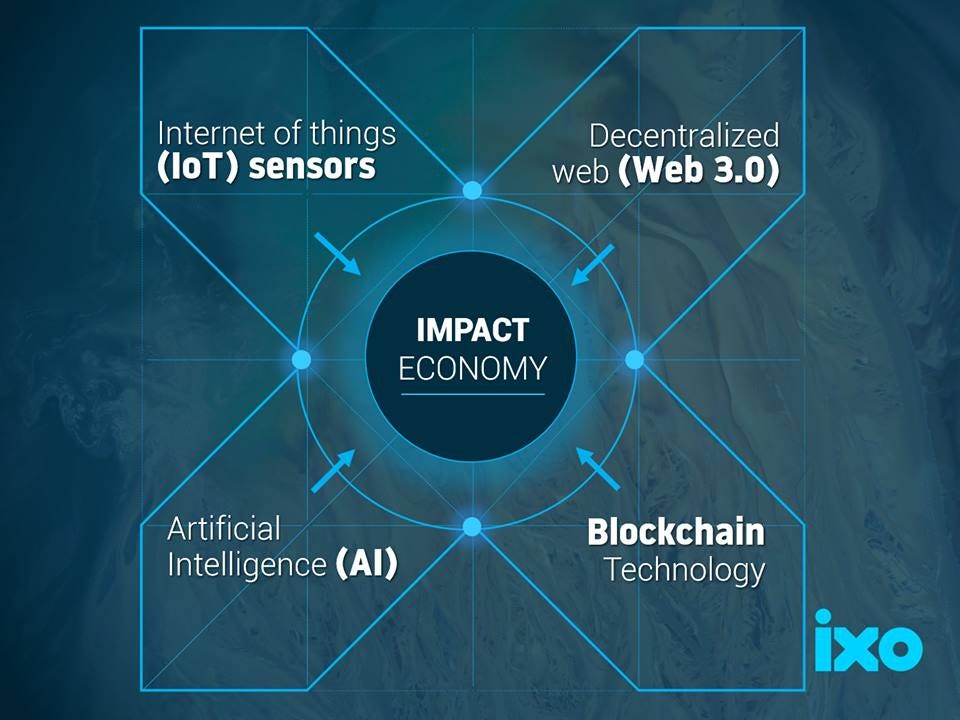
Data analysis is a rapidly evolving field, with new technologies and trends emerging all the time. In this article, we’ll explore some of the key trends and emerging technologies that are shaping the future of data analysis.
- Artificial Intelligence and Machine Learning
Artificial intelligence (AI) and machine learning (ML) are two of the most significant trends in data analysis. These technologies enable computers to learn from data and make predictions or decisions based on that data without being explicitly programmed.
AI and ML are being used in a range of applications, including fraud detection, predictive analytics, and natural language processing. As these technologies continue to advance, they are likely to become even more powerful and transformative.
- Big Data
Big data refers to the large amounts of data that are generated by businesses and individuals every day. This data can be used to gain insights into customer behavior, market trends, and other important business metrics.
As big data continues to grow, businesses will need to find new ways to manage and analyze it. This will require new technologies and processes for data storage, processing, and analysis.
- Data Visualization
Data visualization is the process of turning data into visual representations, such as charts, graphs, and maps. This makes it easier for people to understand and interpret complex data.
As data continues to grow in complexity and volume, data visualization will become even more important. New technologies and tools are emerging that make it easier to create interactive and engaging visualizations that can be used to communicate insights to stakeholders.
- Cloud Computing
Cloud computing is the process of storing and accessing data and applications over the internet rather than on local servers or computers. This enables businesses to access and analyze data from anywhere and on any device.
Cloud computing is already widely used in data analysis, but it is likely to become even more prevalent in the future. As more businesses move their data and applications to the cloud, new tools and technologies will emerge to help them manage and analyze their data.
- Internet of Things (IoT)
The Internet of Things (IoT) refers to the growing network of connected devices, sensors, and objects that are capable of collecting and transmitting data. This data can be used to gain insights into everything from customer behavior to supply chain performance.
As the IoT continues to grow, businesses will need to find new ways to manage and analyze the data it generates. This will require new technologies and processes for data storage, processing, and analysis.
- Natural Language Processing (NLP)
Natural language processing (NLP) is the process of using computers to understand and interpret human language. This technology is being used in a range of applications, including chatbots, voice assistants, and sentiment analysis.
As NLP continues to advance, it is likely to become even more powerful and transformative. This could enable businesses to gain insights into customer sentiment and behavior in real-time, leading to more informed decision-making.
Conclusion
The future of data analysis is exciting and full of potential. Emerging technologies like artificial intelligence, big data, and the Internet of Things are transforming the way businesses analyze and use data. As these technologies continue to evolve, businesses will need to stay up-to-date with the latest trends and tools to remain competitive and successful.